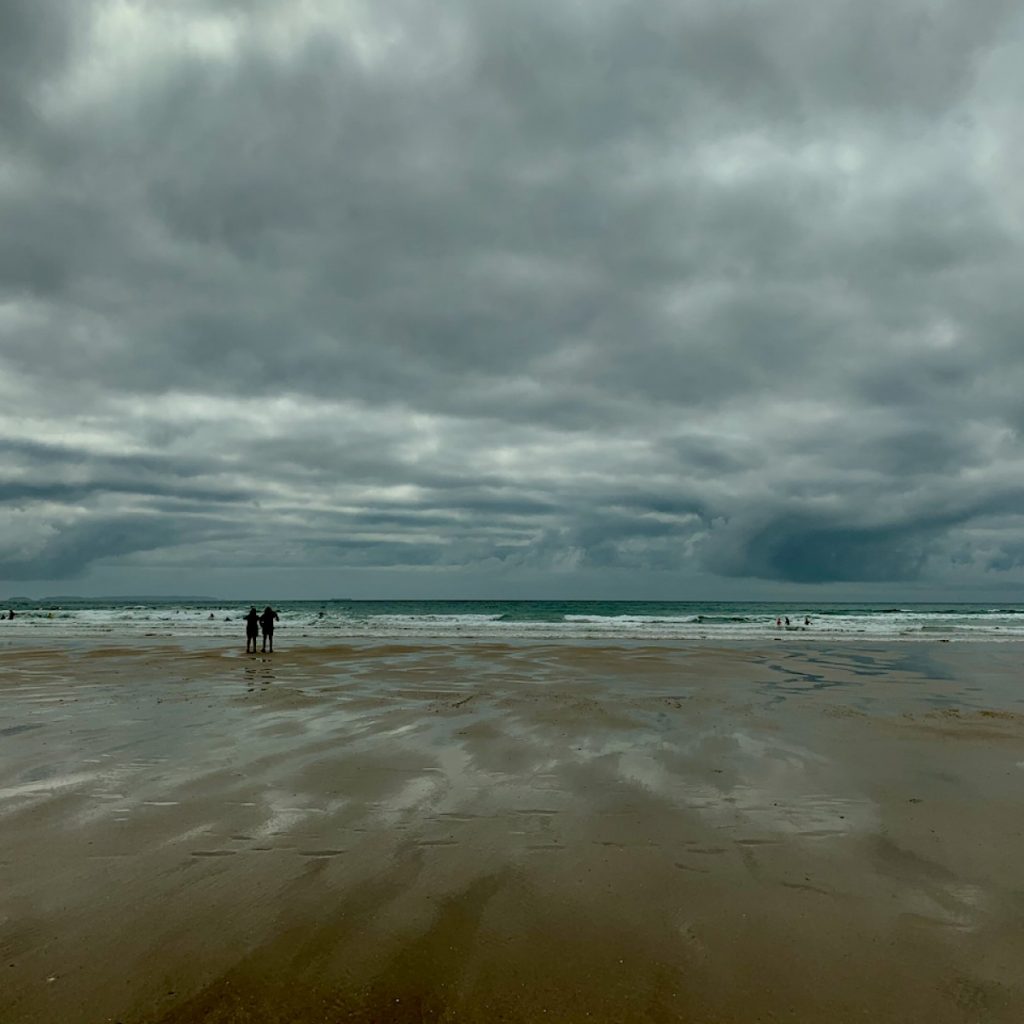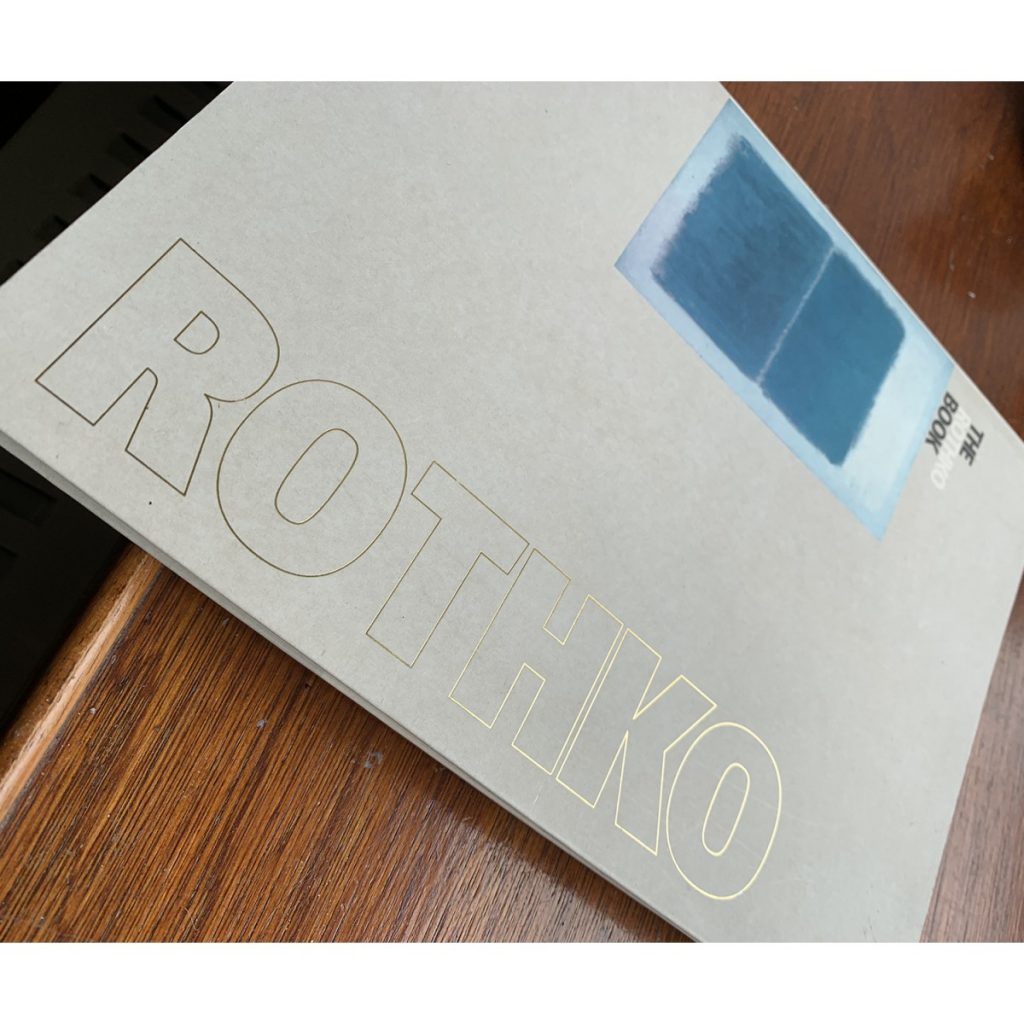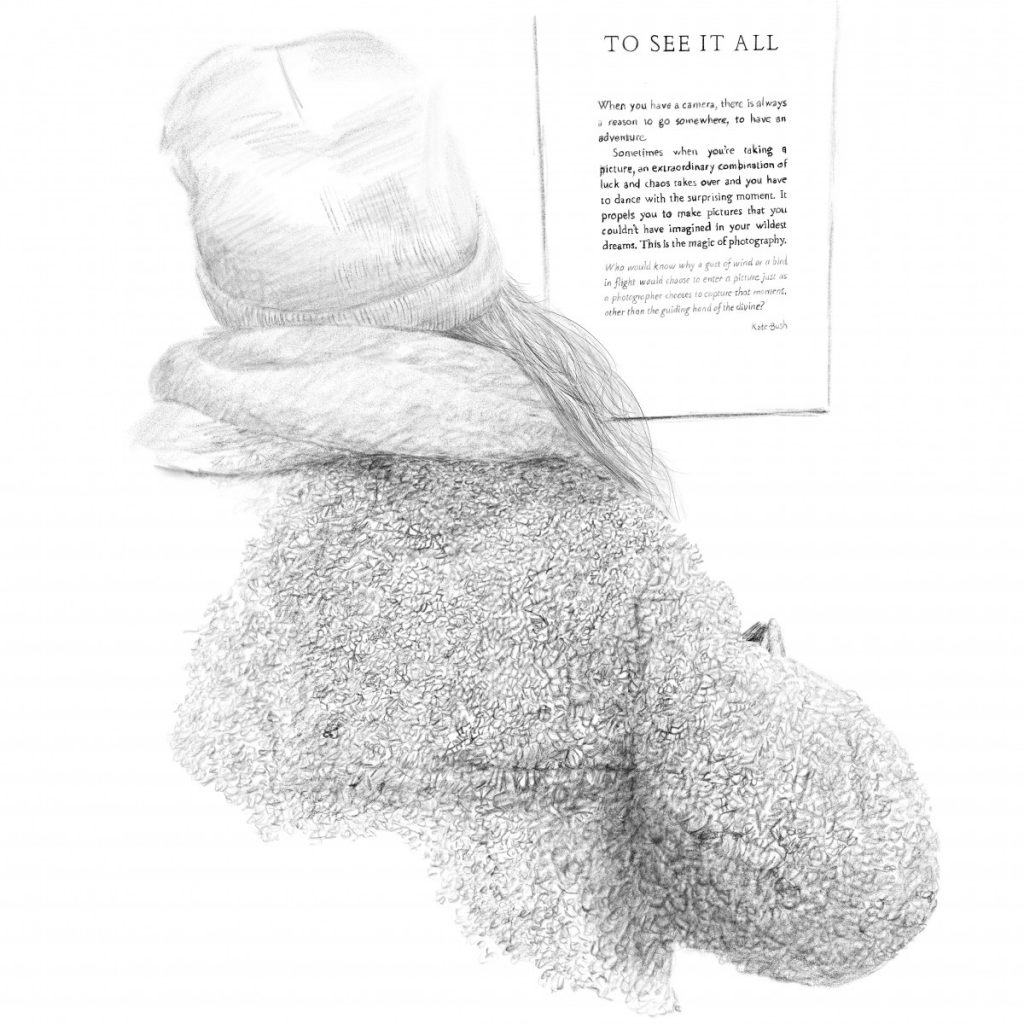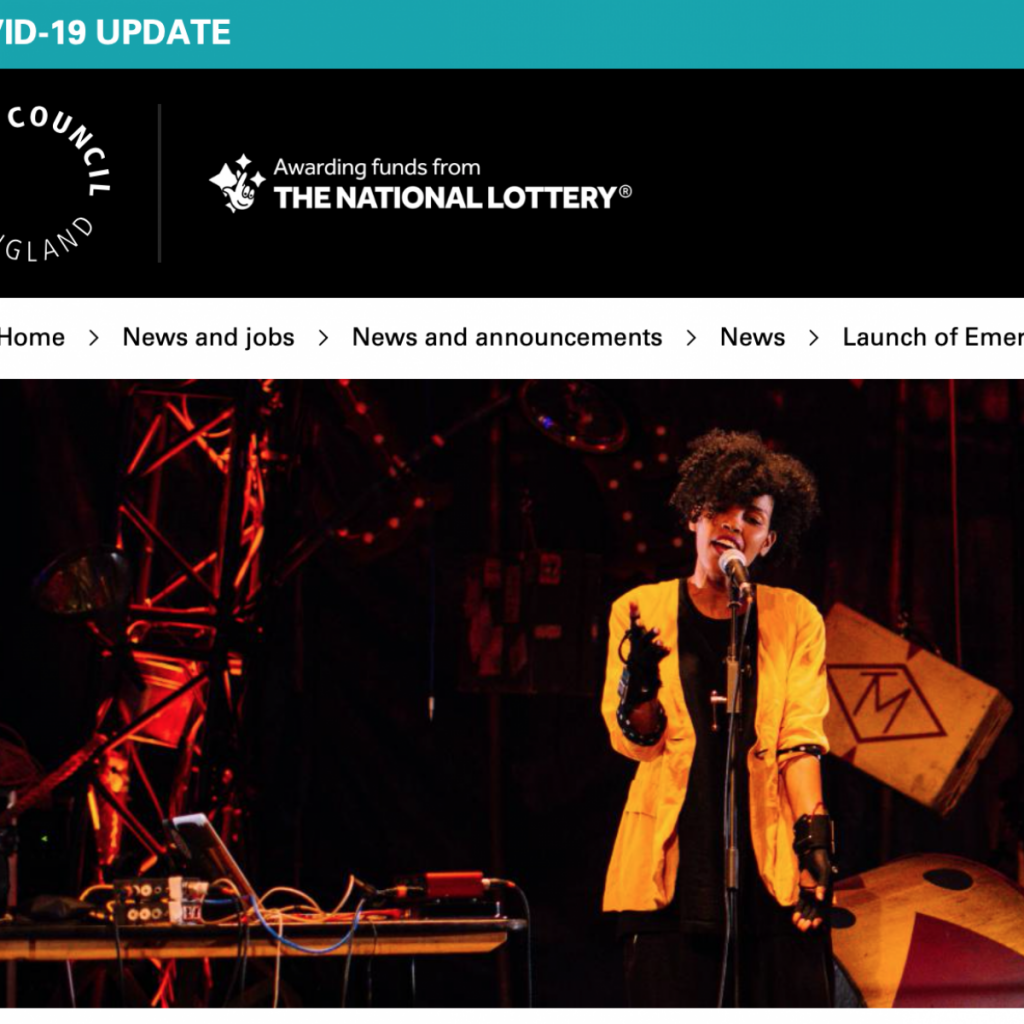Lockdown is being relaxed, but nothing is normal
Travel!
‘No deaths reported in our region for third day in succession’: the welcome words of the Wales Today newreader. Yes, I have travelled in a car from Lockdown Birmingham City to a Lockdown Pembrokeshire sea village in West Wales where the Irish sea rolls into the dark jagged cliffs and long quiet beaches.

The isolated walks are welcome reminders of the pleasures of big skies and landscapes that in pre covid times we enjoyed as holidays from city life. At the end of normal walks, the village café or pub would invite ramblers to enjoy warm hospitality and home cooked seasonal produce of fish from the sea and meat and vegetables from the fields. Today masked young people in front of makeshift serving tables run in and out to fulfil orders for sustenance, cooked in hidden backroom kitchens and served outside, come rain or shine. Pre covid, quiet and slow holiday isolation in contrast to city life was something to escape to. Now the city is quiet and slow, West Wales with vast expanses of land and sea seems an oddly similar experience. A neighbour tells me that a company in the capital city has told its 300 employees that they need never come into the office again: ‘work from home, wherever that may be.’ On the journey up an old Indian colleague from Birmingham reported he had sadly lost two relatives. Even through current deaths are at zero the mourning of loss continues to be felt, now and for many years to come.
Museums under pressure
A tsunami of sad and angry tweets have followed announcements that the city museum has begun a period of staff consultation brought on by the lack of revenue from social distance preventing public attendance, public funds and zero commercial activity. The recent announcement by the UK government of an Arts support fund of £1.57 billion was a welcome a sign of recognition that cultural industries are core to a functioning society. Practically however, there are few methods in place to get the monies in place quickly enough, to prevent threats of redundancy to those that have kept our culture(s) alive. This situation is mirrored across the country.
Writing
Before travel much writing has been done: submission to the annual Ort gallery Schwarmerei (excessive sentiment) members show; applications for campus access to complete a print commission; revisions of an academic paper due for completion, annual 12 month research review and forward plan. They are demanding in their individual ways, but the forward plan is particularly challenging while looking out from lockdown. The ambition to make and create prevails, but a return to a pre covid creativity norm is unlikely, if not impossible. ‘Lockdown has created an uncertain psychological mindset, ‘slowed’ research and led to questions of validity’.
My son and Mark Rothko
My son messaged me with a photo of a Mark Rothko framed print that he was considering buying. Son: ‘Aware of him?’ Father: ‘Yep! Amazing US abstract Expressionist. Massive dark colour canvases. Some in Tate Britain next time we get to go.” Son: “Yeah recognised the name instantly, but couldn’t place it. Feel like you’ve mentioned it before.” A few days later in in West Wales I came across the ‘The Rothko Book’ on the shelf in a bedroom the son had slept in many times.

I txt’d the photo to him and leafed through the pages to be surprised by the amount of figurative works before the big colour canvases appeared. I should not have been too surprised as many biographies of twentieth century painters including the super famous Picasso’s, Dali’s and Duchamp’s open with figurative drawings and paintings of family and local landscapes that were their early years subjects. I was reminded of this at the recent Bridget Riley exhibition in the National Gallery of Scotland where the last room was brilliantly dedicated to her teenage years painting in Cheltenham culminating in her copied painting of the classical red Italian renaissance portrait she submitted as part of her application to Goldsmith’s School of Art.
Marcus Rothkowitz, b 1903 into a Jewish family in Dvinsk Russia. He followed his Father to the US in 1913, with his Mother and Sister. They embarked in Brooklyn, travelled to relatives in New Haven, Conneticut before joining his family in Portland Oregon.
He was influenced by his engagement with a number of US artistic movements over 40 years as he saught to give meaning to his paintings. Illustration, mythology, surrealism, symbolism. He took all in earnest and engaged closely with many peers and partner artists including Clifford Still and Barnet Newman until he began to investigate and experiment with colour and shape without figurative references. More of which when I have read The Rothko Book by Bonnie Clearwater.
digital drawing

Looking Ahead Link
The first announcement of Arts Council and DCMS support

https://www.artscouncil.org.uk/news/launch-emergency-grassroots-music-venues-fund
Thats it.


